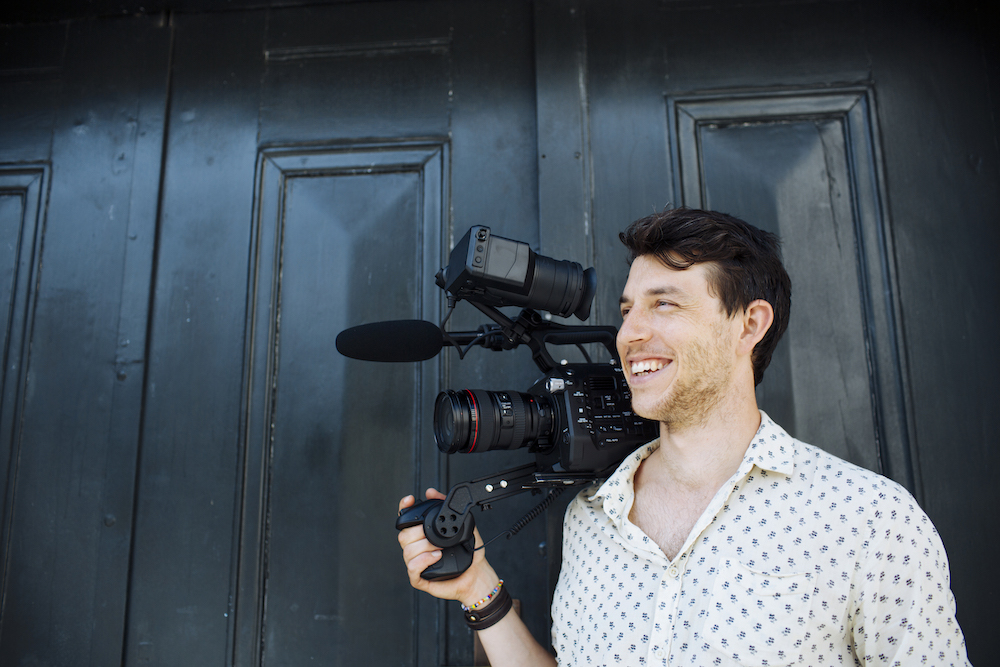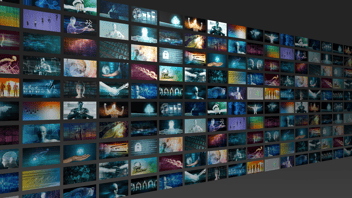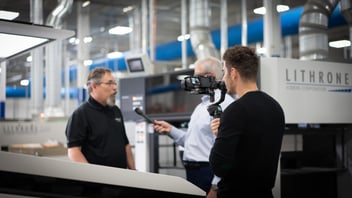
Video production has become easier and more accessible than ever with the advancement of technology. While it's possible to shoot a video on your smartphone, having the right equipment can take your productions to the next level. Here is an overview of some of the best equipment for video production and how much it costs.
Cameras
DSLR Cameras ($500-$3000)
Digital SLR cameras are one of the most common types of cameras used for video. They shoot great-quality video and allow you to change lenses. Entry-level DSLR cameras like the Canon Rebel T7i cost around $500. More advanced DSLRs like the Canon 5D Mark IV cost over $3000. DSLRs give you great image quality and control in a reasonably affordable package.
Mirrorless Cameras ($500-$4500)
Mirrorless cameras are lighter and more compact than DSLRs but deliver the same high-quality footage. Models like the Sony a7 III and Panasonic Lumix GH5 cost between $1500-$2000 and are extremely popular among independent filmmakers and YouTubers. Higher-end mirrorless cameras like the Canon EOS R5 can cost up to $4500. Mirrorless cameras are perfect for run-and-gun style shooting.
Camcorders ($300-$5000)
Camcorders are designed specifically for video recording and come packaged as all-in-one solutions. From entry-level camcorders that cost $300 to high-end 4K models at $5,000, camcorders provide easy operation and generally great autofocus. They're a good choice if you need something for an "auto everything" point-and-shoot video. Models like the Canon VIXIA G40 are great starter camcorders.
Lenses ($200-$2500)
The quality of your lens has a big impact on image quality. Kit lenses that come with cameras are good to start, but higher-quality lenses provide improved sharpness, contrast, stabilization, focal ranges, and low-light performance. Some popular DSLR lenses like the Canon 50mm f/1.8 cost around $200. Higher-end lenses like the Sigma 24-70mm f/2.8 cost over $1000. Invest in lenses to take your videos to the next level.
Tripods ($50-$500)
Every videographer needs a good tripod to hold the camera steady and avoid shaky footage. Tripods eliminate camera shake and allow smooth pans and camera movements. Entry-level options can run from $50-$150, while heavy-duty professional tripods cost up to $500. Look for tripods that extend to your desired shooting height, smooth pan/tilt heads, and portability. Brands like Manfrotto make excellent tripods built to last.
Microphones ($50-$400)
External microphones are crucial for capturing high-quality sound. Built-in camera mics rarely pick up clear dialogue and nuanced audio. Shotgun mics ($100-$400) are mounted on the camera to capture focused sound from subjects. Lavalier mics ($50-$200) clip to a speaker's clothing to amplify their voice. Look for mics with good directionality and frequency responses for the best audio. Rode, Sony, and Sennheiser make great microphones for video production.
Lighting ($50-$2000)
Proper lighting can make a huge difference in the look of your videos. Basic lighting kits start around $50 for entry-level studio lights or LED panels. Higher-end 3-point lighting kits cost $300-$600 and allow you to get professional three-point lighting - key, fill, and backlight. Specialty lights like ring lights ($100-$200) add a catchlight to the speaker's eyes. Invest in lighting to take control of your visuals.
Computer/Editing Software ($1000-$3000)
A powerful computer and video editing software are a must for post-production. Look for a PC or Mac with a fast processor, a lot of RAM, and storage space for editing high-resolution footage. Popular editing software like Adobe Premiere and Final Cut Pro cost about $240/year. Plan at least $1000-$3000 for a good editing computer and software. The investment will pay dividends in productivity and efficiency.
In summary, video production does require an investment, but it doesn't have to break the bank. Start with some core gear like a mid-range camera, tripod, microphone, and editing software, then build up your kit over time. Buy things that will grow with you and not limit what productions you can tackle. With the right equipment, your creativity is the only limit to producing stellar videos.

Written by Fabrizio Colombi
With a lifelong passion for video that ignited at the young age of 10, Fabrizio has honed his skills in production and direction to mastery. His focus and love for visual storytelling now translate into empowering businesses with engaging videos. By creatively developing videos that resonate with audiences, Fabrizio facilitates growth and innovation for companies, turning his childhood fascination into a professional mission. His dedication to crafting compelling visuals is not merely a career; it's an extension of who he is.





